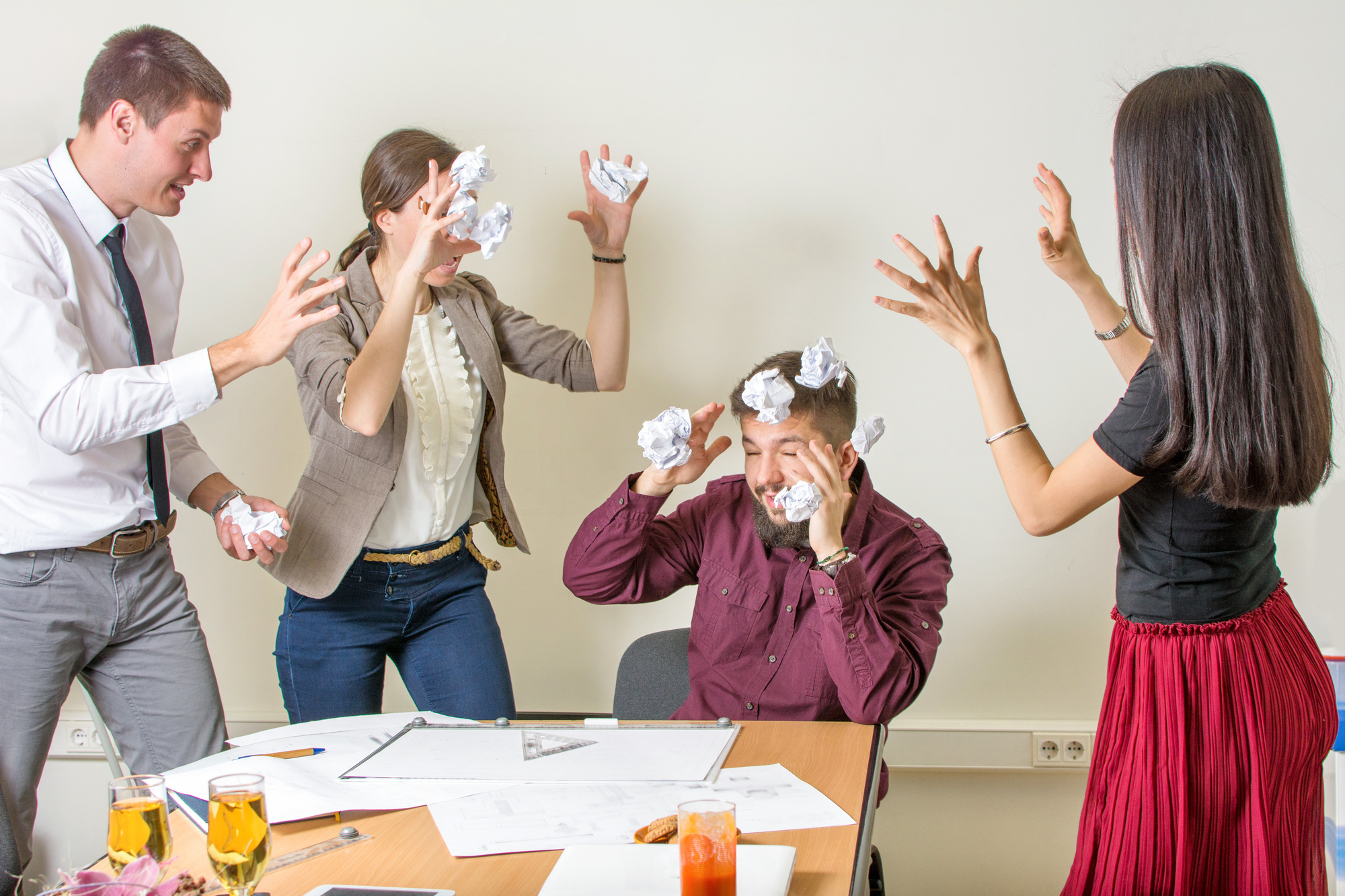How Gamification In The Workplace Increases Productivity
Are your employees living for the weekend?
Do they watch the clock in anticipation of the end of the workday?
If so, you need to focus on boosting your company’s morale. Gamification in the workplace can help you improve this and more.
When the attitude of work improves, so does the productivity at your office.
Here’s a closer look at how gamification works and how it can make production rates level-up.
The Concept of Gamification in the Workplace
Are you familiar with the thrill of watching your scores match up against other players in a video game?
As you work to defeat the challenge, all the players’ points are adding up in real-time.
This is kind of how gamification in the workplace goes.
Instead of dungeons, dragons, or the latest sports game, this software sets your staff up against practical workplace initiatives.
Gamification is a point system meant to track small engagements throughout the day (or week, or month). Over time, such small actions create big differences in how your employees approach work, and how well they perform their work.
You can set up this system to focus on one specific goal or a few different things at a time. If you aren’t sure where to start, nGUVU has a handful of gamification options to choose from.
Whatever you decide, though, you can trust your productivity will be enhanced.
The following is a list of ways gamification in the workplace turns productivity up a notch.
1. Encourage Friendly Competition
Although one of the secrets to a successful business is teamwork, a little friendly competition doesn’t hurt.
Gamification in the workplace allows each employee to track their productivity against one another.
This alone starts to encourage better behaviors.
It makes one employee want to out-work another.
But, this doesn’t come at a sacrifice of the team; it is not about personal agendas.
No – when an employee’s points go up in the gamification software, it is because they are doing something positive for the whole.
It’s about who checked in with their teammates the most, who attended the most company events that week, and so on.
Framing such actions in the form of friendly competition gets employees excited to do the work. Not just the work in their job description or daily duties, but to show up and be a part of something bigger.
2. Reward and Promote Desired Behaviors
Your employees may not see the connection between gamification in the workplace and an attitude improvement right away.
After a little while, though, they will notice a shift in their behaviors.
Gamification makes work fun again. Through mini-challenges and special initiatives, more things get done quicker and with higher quality.
If you notice something is still lacking, adjust your approach.
Start a new week with a different initiative in the software.
Change the expectations for how employees earn points. Maybe even upgrade the rewards they get if you want them to work a little harder.
You can make such changes at any time.
This keeps the use of gamification interesting. Not to mention, it makes sure your employees are as sharp as can be.
3. Make Work More Social
Sometimes, the way to get employees to work harder and faster is to make them relax a little.
Instead of an unmotivated team, you may just have one that is burnt out.
Use gamification in the workplace as a way to encourage more social interactions.
Even if everyone is at their desk, the game creates ways to make subtle connections throughout the day. These turn into stronger relationships, which improve how work gets done.
To further encourage such relationships, host events for your team.
You don’t have to go all-out. These can be as simple as a happy hour after work or a catered lunch during regular hours. But, make sure they are effective.
Tell your team attendance to such events can boost their scores in the workplace game software.
Then, watch as the people who come out to more events become the same people whose work improves.
4. Increase Retention
Another benefit of gamification in the workplace is the ability to retain your top talent.
Some of your employees might have a foot out the door right now. They are aware of your plateauing productivity and want something more.
The improvements gamification offers could be enough to make them stay.
From daily sales goals to weekly social events, gamification creates a shift in culture for the better.
It connects your team in a way that is genuine and effective. It makes people feel valued and allows them to share recognition with others as well.
Such opportunities don’t go unnoticed. They matter to every person on your team, from the top-level managers to the new entry-level hires.
5. Improve the Training Process
Speaking of new hires, why not work on productivity from the start?
Consider using gamification in the workplace during your onboarding process.
This creates a little more interest for new hires. It makes them better engaged with concepts they are probably already familiar with. It can also help them retain new information.
Plus, no matter what kind of training you’re working on, gamification introduces a new person to your culture.
This is something that will follow them wherever their role within the company goes.
Culture is at the heart of all the work that gets done, and how fast the work is achieved. When you can make someone buy-in to this concept from the start, they are already well on their way to bringing value to your team.
Transform Your Workplace and Have Fun Doing It
The only way to see just how well gamification can improve your team’s productivity is to give it a try.
This software is shaking up traditional desk jobs and workspaces.
If your team is slacking a little, a game-like approach might be the tool they need to get back on their A-game.
But, gamification can’t transform your work on its own.
For more fun and engaging productivity tips and tricks, click here.



